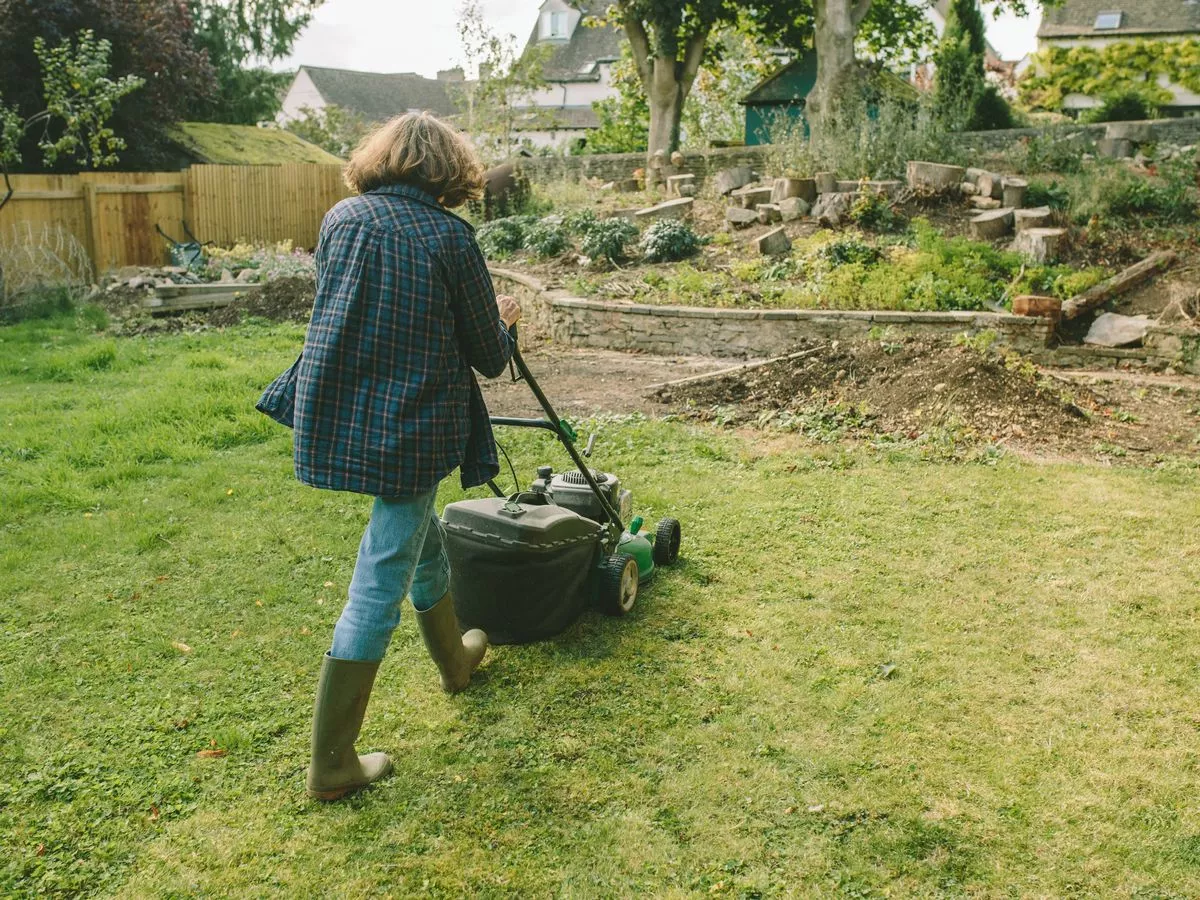Copyright mirror

As the chill sets in, lawncare can become a bit of a challenge . The treatment you give your lawn in the coming weeks and months can significantly impact its health and appearance come spring. There are several essential do's and don'ts to help keep lawns in great shape throughout the colder months, ensuring they bounce back lush and green once spring arrives. Chris Bonnett, the founder of GardeningExpress.co.uk , debunked a common myth: "It's a common misconception that lawns don't need any care once the cold weather hits, but that's not the case at all. The way a lawn is treated during the autumn and winter months has a big impact on how healthy and green it will look when spring arrives. He added: "Simple things like clearing away debris, aerating before the ground hardens, and applying a suitable fertiliser will help the grass recover faster. "The key thing to remember is that lawns might look dormant, but the roots are still active below the surface. By taking care of those roots, you're setting your garden up for success next year." Failing to make seasonal changes can leave lawns vulnerable to frost and waterlogging, meaning they'll be ruined come next spring. Before the ground becomes too hard, aerating the lawn will aid in improving drainage and ensure that oxygen, water and nutrients continue to reach the roots during the colder period. This strengthens the grass from below and helps it withstand frost and heavy rainfall. A garden fork or lawn aerator can be used to gently spike the soil and relieve compaction. It's crucial to clear any debris from the lawn , including fallen leaves and twigs. Any debris left can smother the grass, blocking out sunlight and trapping excess moisture that encourages the growth of moss and fungi. Switching to a winter or autumn fertiliser can help boost disease resistance and frost tolerance, as these are typically high in potassium, which aids in strengthening roots. Autumn is the perfect time to repair any thin or patchy areas of grass before winter sets in. Overseeding allows new seedlings to establish roots in the mild, moist autumn weather conditions. Mowing your lawn too short during cold spells will expose the roots and leave the grass more vulnerable to frost and disease. As grass growth slows, it's time to raise the cutting height and mow less frequently to reduce stress on the grass. Walking on the lawn when it's wet or frosty can crush grass blades and compact the soil, leading to long-term damage and patchy growth. Throughout the autumn and winter seasons, rainfall is usually sufficient to keep the soil damp. Drenching your lawn can oversaturate the ground and deprive the roots of necessary oxygen, potentially leading to rot and disease.



